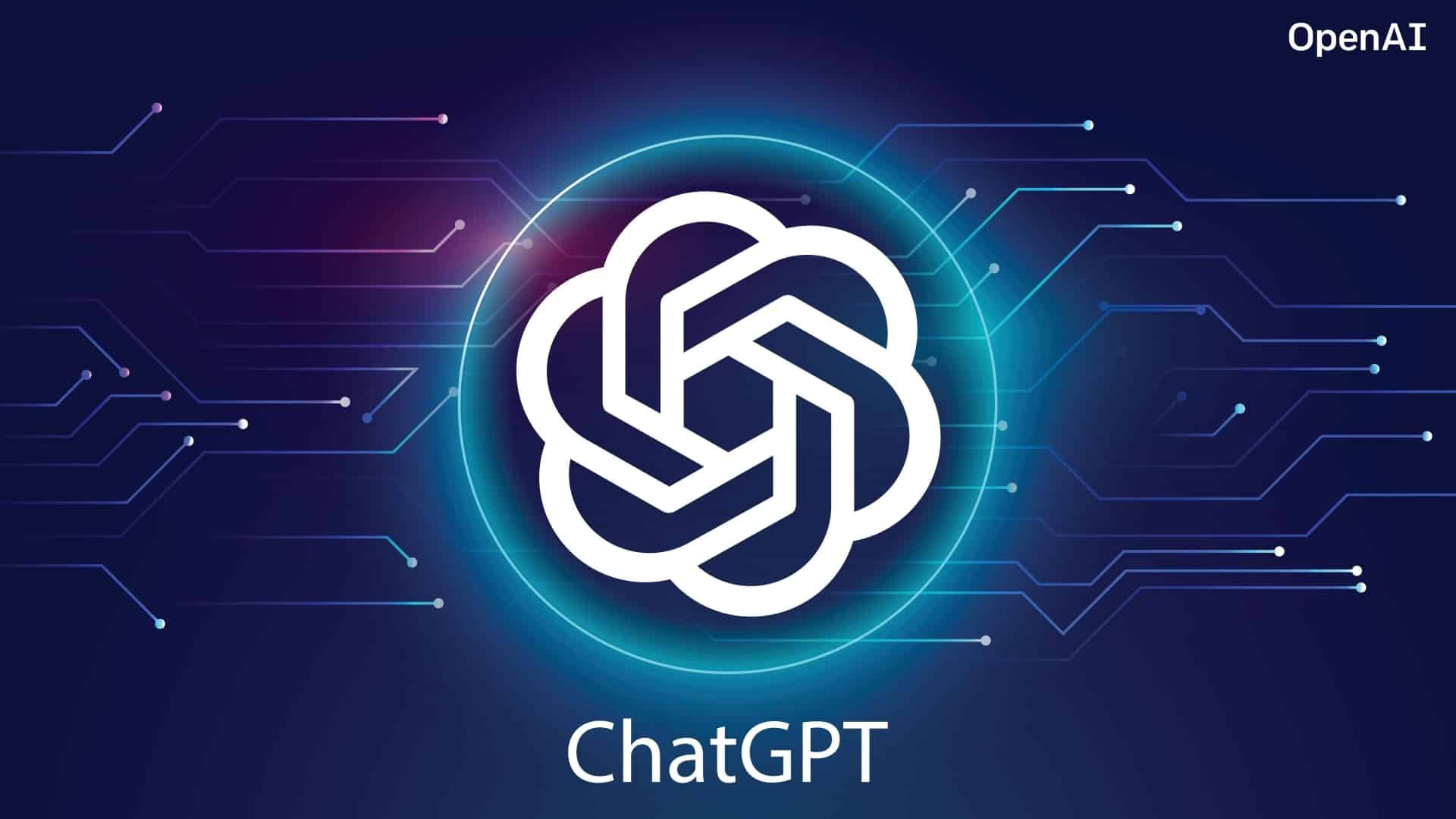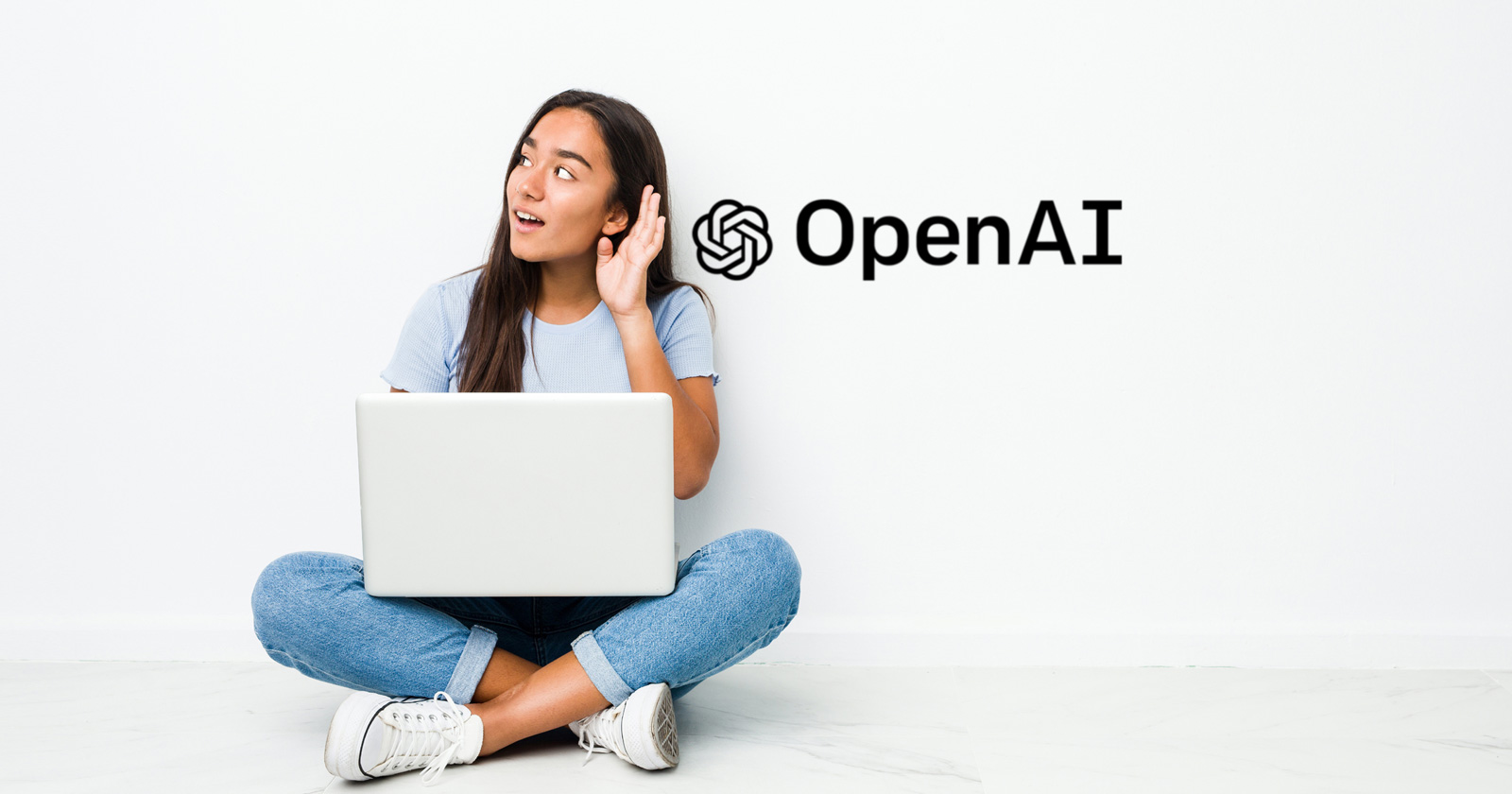ChatGPT is an advanced language model developed by OpenAI. It is based on the GPT-3.5 architecture and is designed to generate human-like text responses given a prompt or a conversation. The model has been trained on a vast amount of text data from various sources, allowing it to understand and generate coherent and contextually relevant responses.
ChatGPT is capable of understanding and generating text across a wide range of topics, making it a versatile tool for natural language understanding and generation tasks. It can engage in conversations, answer questions, provide explanations, give suggestions, and offer creative outputs. ChatGPT has been trained to mimic human-like responses, adapting to the style and tone of the input it receives.
The model has the ability to understand context, remember previous statements in a conversation, and generate appropriate responses accordingly. It uses a combination of pattern recognition and machine learning techniques to analyze the input text and generate text outputs.
ChatGPT has a wide array of potential applications, including virtual assistants, customer support chatbots, language translation, content generation, and more. It is designed to facilitate human-like interactions, providing users with a conversational and interactive experience.
The underlying technology of ChatGPT involves transformer models, which use self-attention mechanisms to capture relationships between words in a sentence or text sequence. This allows the model to understand the context and produce responses that are coherent and meaningful.
ChatGPT has a wide range of applications, including providing information, answering questions, assisting with creative writing, offering suggestions, and engaging in casual conversations. It is trained to generate responses based on the input it receives and does not possess its own opinions or beliefs.
OpenAI has trained ChatGPT using a diverse dataset to ensure it can handle various topics and queries. However, it's important to note that ChatGPT's responses are generated based on patterns and information from its training data. While it strives to provide accurate and helpful information, it may occasionally generate incorrect or misleading responses. Therefore, it's always advisable to verify information obtained from ChatGPT using reliable and authoritative sources.
The purpose of ChatGPT is to assist users in generating text-based content, offering information, suggestions, and engaging in interactive conversations. It can be used in various applications such as customer support, content creation, language translation, and educational purposes.
ChatGPT leverages its vast knowledge base to generate responses, but it's important to note that it operates based on patterns and statistical associations in the training data, rather than true understanding or consciousness. While ChatGPT can generate impressive and human-like responses, it may also produce incorrect or nonsensical answers in some cases. Therefore, it is always advisable to verify the information provided by ChatGPT through reliable sources.
OpenAI continues to refine and improve its language models like ChatGPT, addressing limitations and working towards higher accuracy, context awareness, and better user experiences.
As a language model, ChatGPT is capable of understanding and generating text in multiple languages and can engage in conversations on a variety of topics. It can provide information, answer questions, offer suggestions, and engage in creative writing, among other tasks.
ChatGPT relies on the patterns and knowledge it has learned during its training process to generate responses. It does not have access to real-time information or the ability to browse the internet. Instead, it draws upon the extensive training it received prior to its knowledge cutoff date to generate responses.
It is important to note that while ChatGPT strives to provide accurate and helpful information, it may occasionally produce incorrect or nonsensical responses. Users should exercise critical thinking and fact-check information obtained from ChatGPT, especially when it comes to time-sensitive or highly specialized topics.
How To Use ChatGPT ?
Access the ChatGPT interface: Visit the OpenAI platform or any application or website that integrates ChatGPT.
Start a conversation: Begin by typing a message or a question in the input box provided. For example, you can ask a question like, "What is the capital of France?" or start a conversation with a greeting like, "Hi, how are you?"
Engage in a conversation: ChatGPT will generate a response based on the input you provided. Read the response and continue the conversation by asking follow-up questions or providing additional context.
Provide more details: If needed, you can provide more details or clarify your query in subsequent messages to help ChatGPT better understand your request.
Explore different prompts: Experiment with different prompts or questions to get the desired information or engage in an interesting conversation.
Use system-level instructions: You can use system-level instructions to guide ChatGPT's behavior. For example, you can start your message with "You are an expert in biology, can you explain photosynthesis?" to receive a response from a perspective of expertise in biology.
Control the response length: If you want shorter or longer responses, you can specify the desired length in your instructions. For instance, you can add "Please keep the response concise" or "Please provide a detailed explanation" to influence the length of the generated response.
Iterate and refine: ChatGPT might not always provide the exact response you're looking for. If that happens, you can iterate, rephrase your question, or provide more context to obtain a more satisfactory response.
Exercise critical thinking: While ChatGPT can generate helpful responses, it's important to verify information obtained from it, especially when it comes to time-sensitive or critical topics. Use critical thinking skills and consult reliable sources when needed.
End the conversation: When you're done with the conversation, simply close the application or exit the ChatGPT interface.
Remember that ChatGPT is an AI language model, and its responses are generated based on patterns in the data it was trained on. It doesn't have personal opinions or access to real-time information. Enjoy using ChatGPT as a tool for information, assistance, and engaging conversations.
ChatGPT History & Story
ChatGPT is built upon the foundations laid by OpenAI's earlier language models. The journey of developing advanced language models began with OpenAI's release of GPT (Generative Pre-trained Transformer) in 2018. GPT-2, released in 2019, garnered significant attention due to its remarkable language generation capabilities. It showcased the potential of large-scale language models but also raised concerns about misuse and the generation of fake or misleading information.
In response to those concerns, OpenAI introduced controlled access to GPT-2 and initiated research and development to address the challenges. Building upon this progress, OpenAI released GPT-3 in June 2020, which pushed the boundaries of language models even further. GPT-3 demonstrated exceptional performance in tasks such as language translation, question-answering, text completion, and more. Its impressive size, consisting of 175 billion parameters, made it one of the largest language models ever created at the time.
Following the release of GPT-3, OpenAI launched the ChatGPT research preview in 2021, making it accessible to users for experimentation and feedback. ChatGPT was designed specifically for conversational interactions, aiming to provide human-like responses to user prompts. Through this research preview, OpenAI sought to understand the strengths and limitations of ChatGPT and gather insights to improve its capabilities further.
The goal of OpenAI has been to refine and enhance the models iteratively, leveraging user feedback and research findings. They aim to make language models like ChatGPT more useful, safer, and aligned with user needs while addressing potential concerns such as biased or unreliable outputs.
OpenAI has been actively engaged in ongoing research and development to address the limitations and challenges associated with language models. They have explored methods to improve the controllability of models, enable users to specify desired behavior and enhance the robustness and safety of AI systems.
OpenAI's approach emphasizes responsible AI development, aiming to ensure that AI technologies like ChatGPT benefit society and align with human values. They have sought external input through red teaming, solicited public opinions on topics like deployment policies, and explored partnerships to drive collective efforts in shaping the future of AI technology.
The journey of ChatGPT and its predecessors highlights the continuous progress made in the field of language modeling and the dedication of OpenAI to refine and improve these models while prioritizing ethical considerations and user feedback.
In the era of artificial intelligence, language models have made tremendous strides in understanding and generating human-like text. Among the notable advancements in this field is ChatGPT, a powerful language model developed by OpenAI. In this article, we will explore what ChatGPT is, how it is developed, its capabilities, and how users can leverage it for a variety of applications.
What is ChatGPT? ChatGPT is an advanced language model designed for conversational interactions. It is based on the GPT-3.5 architecture developed by OpenAI. With its extensive training on a diverse range of internet text data, ChatGPT can generate contextually relevant and coherent responses to user inputs, making it a valuable tool for information retrieval, creative writing, problem-solving, and more.
Development of ChatGPT: ChatGPT is the result of years of research and development by the team at OpenAI. It builds upon the success of earlier language models, such as GPT and GPT-3, which showcased the potential of large-scale language generation. OpenAI's research efforts focused on refining and enhancing the models, addressing concerns related to bias, misinformation, and ensuring the models align with human values.
Training and Fine-tuning: To develop ChatGPT, OpenAI trained the model using a two-step process. Initially, it was pre-trained on a vast corpus of publicly available text from the internet. This helped the model learn grammar, syntax, and contextual understanding. Subsequently, the model was fine-tuned using custom datasets created by OpenAI, which included demonstrations of correct behavior and comparisons to rank different responses. This process allowed the model to generate more accurate and coherent responses.
How to Use ChatGPT: Using ChatGPT is straightforward and user-friendly. Users can access the ChatGPT interface on the OpenAI platform or through various applications and websites that integrate the model. To use ChatGPT effectively, users can follow these steps: a. Start a conversation by typing a message or question. b. Engage in a dialogue by providing context, asking follow-up questions, or requesting specific information. c. Iterate and refine queries if needed to obtain desired responses. d. Exercise critical thinking and fact-check information obtained from ChatGPT. e. Enjoy the conversational experience and explore the model's capabilities.
Applications and Use Cases: ChatGPT has a wide range of applications across different domains: a. Information Retrieval: Users can obtain answers to general knowledge questions or specific inquiries. b. Content Creation: ChatGPT can assist in generating creative writing pieces, brainstorming ideas, or aiding in story development. c. Language Learning: It can provide language practice, grammar explanations, and vocabulary assistance. d. Problem-Solving: Users can seek assistance in solving puzzles, coding challenges, or other logical problems. e. Virtual Assistants and Customer Service: ChatGPT can be integrated into chatbots or virtual assistant systems to provide support and respond to customer queries.
Ethical Considerations: OpenAI emphasizes responsible AI development and is actively working to address challenges associated with language models like ChatGPT. They seek to enhance model interpretability, reduce biases, and ensure alignment with user values. OpenAI encourages user feedback to improve the system and actively seeks public input on topics like deployment policies to ensure collective decision-making.
Conclusion: ChatGPT represents a significant advancement in the field of conversational AI. Developed by OpenAI, it leverages state-of-the-art language modeling techniques to generate human-like text responses. With its wide range of applications, users can benefit from its capabilities in various domains. However, it is crucial to exercise critical thinking and verify information obtained from ChatGPT. OpenAI's commitment to responsible AI development ensures that models like ChatGPT continue to evolve, addressing ethical considerations and serving as valuable tools for users in the ever-growing landscape of artificial intelligence.





